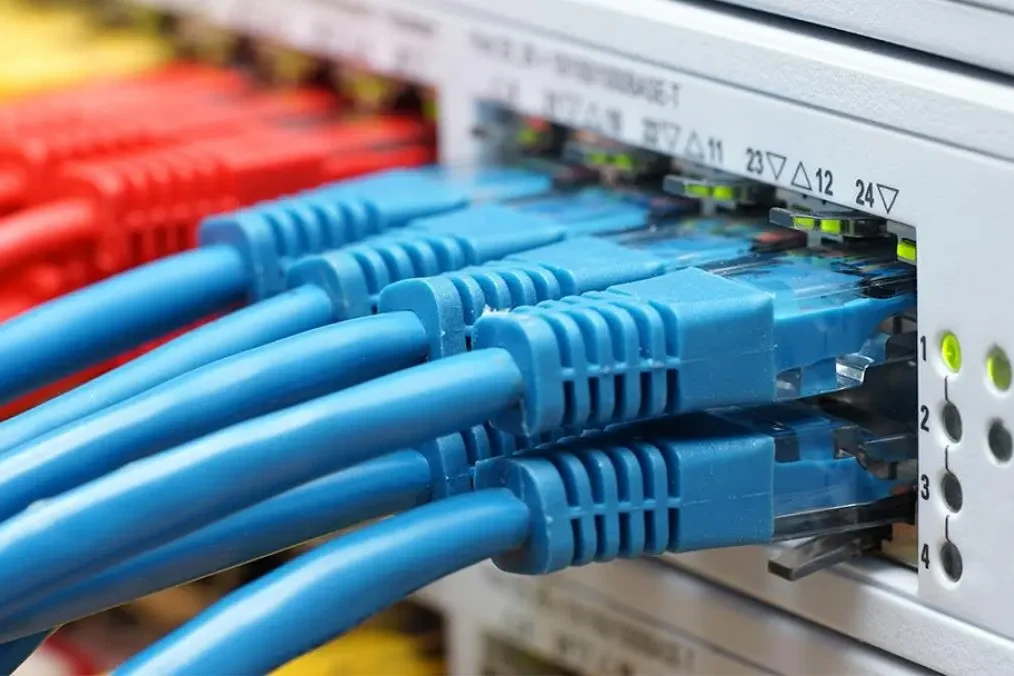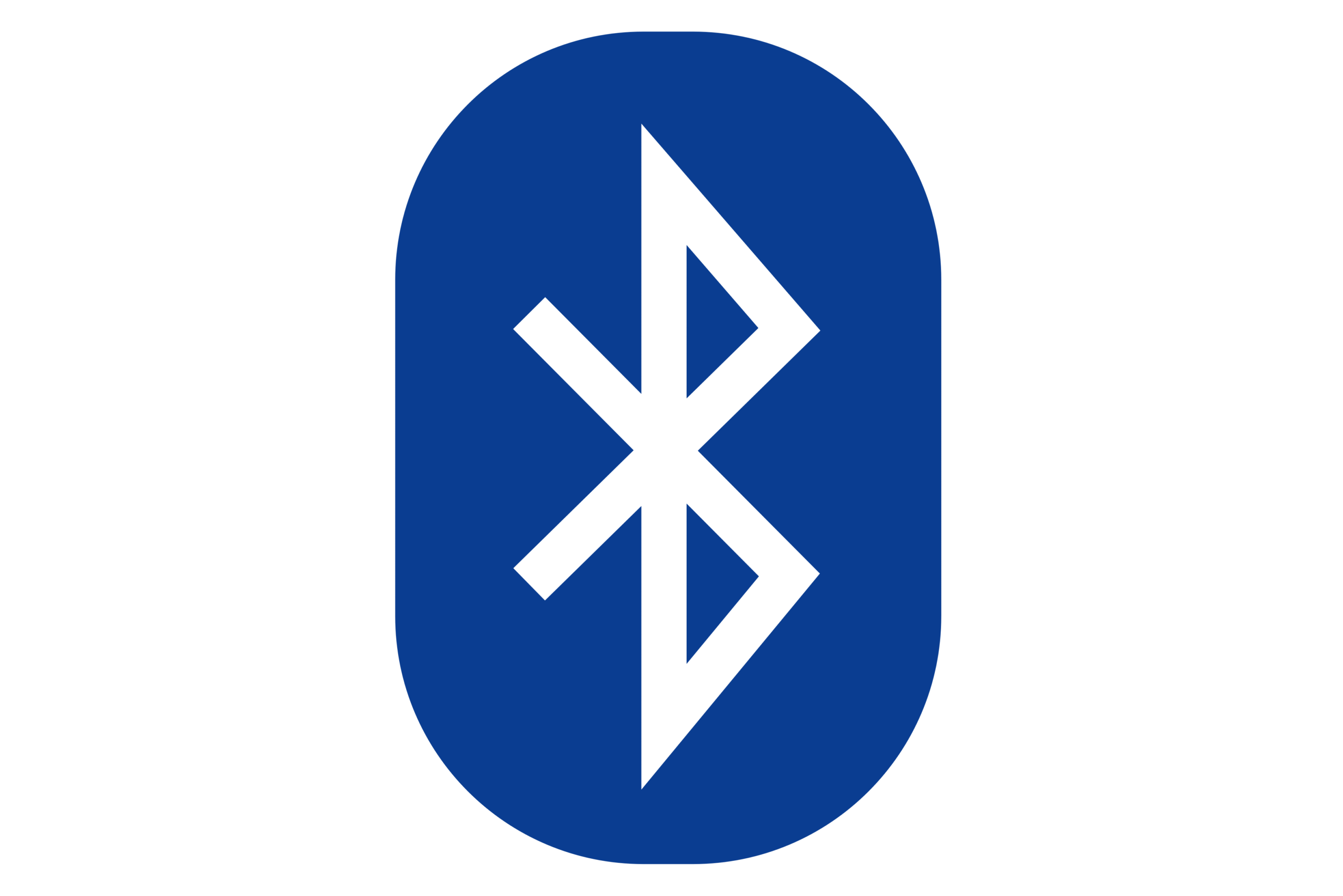1. COBOL Still Keeps Everything Quietly Running

Sometimes you look around and realize the old things never really left because they quietly became the bones holding everything in place. COBOL is one of those behind the scenes giants that many people forget exists even though it still supports banks, hospitals and government systems. It stays alive because it rarely fails and because replacing it feels like pulling out the foundation of a building people still live in. Even newer developers rely on it without knowing. It is the kind of technology that proves age can be a strength when stability matters more than excitement.
2. Mainframes Still Power the Biggest Systems

You would think something created decades ago would have stepped aside by now, but mainframes continue to sit at the center of global industries. They quietly run airline schedules, financial transactions and data heavy operations that newer systems struggle to match. Their strength comes from the combination of reliable hardware and predictable performance, something that fast changing modern tools cannot always guarantee. Companies stick with them because moving away feels unnecessary when the machine already gets the job done effortlessly. Mainframes remind us that not all progress comes from replacing the past sometimes it comes from respecting it.
3. DNS Still Holds the Internet Together

It is easy to assume everything about the internet is new, but the Domain Name System has stayed almost untouched since it began. Every time someone types a website name, DNS works quietly in the background guiding the request to the right place. It is simple, structured and dependable, which makes it hard to replace even with all today’s advancements. People rarely notice it because it never tries to be flashy, yet without it the internet would feel like a maze with no directions. DNS keeps things steady and proves that certain foundations work best when left alone.
4. Ethernet Still Connects More Than You Think

Even with WiFi taking over homes, offices and public spaces, Ethernet quietly remains the dependable backbone that keeps countless networks stable. Data centers rely on those simple cables to avoid interruptions that wireless connections sometimes bring. People still choose Ethernet when they need speed without interference, especially for servers and mission critical tools. It stays popular because it does not pretend to be anything more than a solid connection that works consistently. While WiFi feels convenient, Ethernet reminds us that sometimes the older path is still the clearer one. Its durability makes it a quiet champion of connectivity.
5. SQL Still Stores the World’s Information

Almost everything we use daily relies on SQL to keep information organized. It is one of those technologies that never needed to reinvent itself because it was built with clear structure and logic from the start. Companies trust it because it handles large amounts of data without losing stability. Many modern apps feel new on the surface, but underneath they still lean on SQL to keep things running smoothly. Its staying power comes from its simplicity and predictability, traits that newer tools often forget in their rush to feel modern. SQL stands strong as the quiet organizer of digital life.
6. Unix Still Shapes Modern Computing

Even though Unix began long before smartphones or cloud storage, many of today’s operating systems still follow its principles. Its design is clean, practical and easy for systems to build on. Developers appreciate its focus on small tools that work together simply, which keeps it relevant across generations. Many devices people use daily run on systems inspired by Unix without them knowing. Its influence shows up everywhere from laptops to servers, creating a bridge between old engineering and modern needs. Unix proves that good design does not fade easily because true usefulness does not depend on trends.
7. Email Still Rules Everyday Communication

With all the messaging apps available, it feels surprising that email still holds such a central place in work and personal life. It stays relevant because everyone understands it and because it works across all devices without special requirements. Businesses rely on it for formal communication and records, while individuals use it for everything from shopping receipts to personal messages. It is simple, universal and predictable, which keeps it alive despite constant competition. Email may not be flashy, but it remains the one tool almost everyone checks daily. Its quiet consistency makes it a lasting digital companion.
8. SMS Still Holds Up Global Messaging

Even though people spend more time on chat apps, SMS remains the backbone for essential messages like bank alerts, verification codes and emergency notices. It works on nearly every phone ever made, which gives it a reach newer platforms cannot match. Companies still trust it because it delivers messages even in places with weak internet connections. It may feel old, but its reliability makes it a quiet partner in daily communication. SMS shows that simple tools can stay powerful because they solve problems without complications. It remains a global connector that keeps things moving smoothly behind the scenes.
9. Bluetooth Still Handles Everyday Connections

With all the wireless technologies introduced over the years, Bluetooth still manages to connect our headphones, cars, speakers and keyboards. It stays popular because it is universal and easy to pair, giving people a familiar way to move between devices without cables. Even though it has its quirks, it works well enough for simple connections we rely on every day. Its consistency makes it the standard choice for many gadgets that need lightweight communication. Bluetooth proves that not all technologies need to be groundbreaking to remain useful because sometimes reliability speaks louder than innovation.
10. JPEG Still Dominates Online Images

Although newer image formats promise better quality, JPEG continues to be the most widely used format online. It became the standard because it balances clarity with small file sizes, making photos easy to share and store. Websites, phones and cameras still rely on it because everyone recognizes it and every device supports it without complications. Even social media platforms automatically convert images to JPEG for convenience. It is not perfect, but it works well enough that people rarely think about alternatives. JPEG shows how a simple idea can outlast more complex updates by staying accessible to everyone.
11. HTML Still Shapes the Web We Use

Every website people visit relies on HTML to display information clearly. It has changed over time, but its core purpose has stayed the same keeping the web readable and organized. Developers use it because it creates a predictable structure that browsers understand easily. Even modern interactive pages still start with basic HTML before adding layers of style or function. It remains essential because it keeps the internet grounded in simplicity. People may not see it directly, but its presence supports all online experiences. HTML proves that strong foundations do not need constant reinvention to stay important.
12. Passwords Still Protect Our Digital Lives

Even with fingerprint sensors and facial recognition available, passwords continue to guard most online accounts. They stay in use because they are easy to create, familiar to everyone and simple for companies to implement. People depend on them for everything from banking apps to social media profiles. They might feel outdated, but they still provide a sense of control that newer tools cannot fully replace. Passwords show that old habits survive when they remain practical. Their persistence quietly reminds us that technology evolves slowly and sometimes the past carries us forward more than we realize.
This story 12 Tech Dinosaurs Still Secretly Running the World was first published on Daily FETCH


